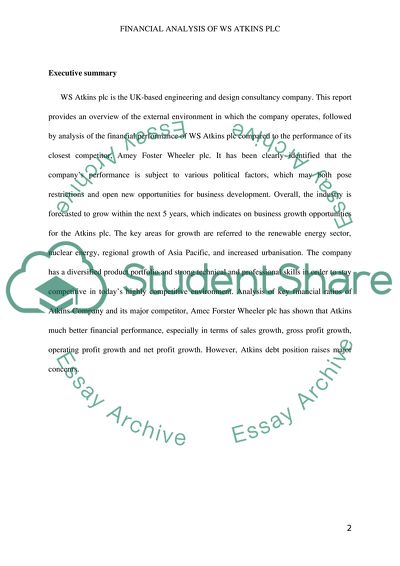Cite this document
(Financial analysis of ATKINS PLC Essay Example | Topics and Well Written Essays - 2500 words, n.d.)
Financial analysis of ATKINS PLC Essay Example | Topics and Well Written Essays - 2500 words. https://studentshare.org/finance-accounting/1863213-financial-analysis-of-atkins-plc
Financial analysis of ATKINS PLC Essay Example | Topics and Well Written Essays - 2500 words. https://studentshare.org/finance-accounting/1863213-financial-analysis-of-atkins-plc
(Financial Analysis of ATKINS PLC Essay Example | Topics and Well Written Essays - 2500 Words)
Financial Analysis of ATKINS PLC Essay Example | Topics and Well Written Essays - 2500 Words. https://studentshare.org/finance-accounting/1863213-financial-analysis-of-atkins-plc.
Financial Analysis of ATKINS PLC Essay Example | Topics and Well Written Essays - 2500 Words. https://studentshare.org/finance-accounting/1863213-financial-analysis-of-atkins-plc.
“Financial Analysis of ATKINS PLC Essay Example | Topics and Well Written Essays - 2500 Words”. https://studentshare.org/finance-accounting/1863213-financial-analysis-of-atkins-plc.


